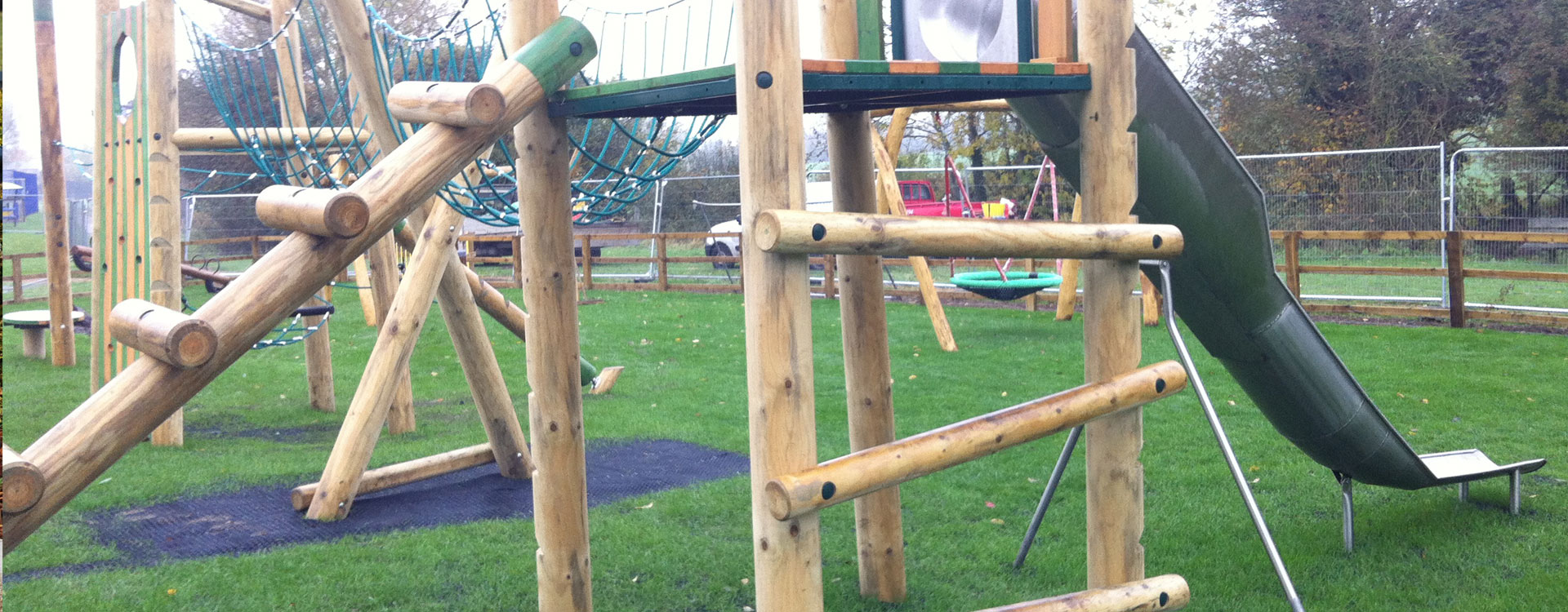
During children’s developmental years, it’s good to encourage risk-taking in outdoor play. Allowing them to take certain risks can help with developing motor skills as well as boosting their confidence.
Of course, you don’t want to put them in any real danger, but providing activities where kids can safely take risks has many benefits. Schools are often overly concerned with health and safety, but this can end up having a negative effect on children’s development if it’s excessive. Have a look at some of the best primary school play equipment to get some ideas for your outdoor space.
Benefits of Risky Play
In both Early Years of Foundation Stage and primary school, there are many benefits of risky play both physically and mentally. Of course, pupils should always be supervised in any potentially dangerous situations but giving them the freedom to take risks is necessary.
- Self-assessing risks – It’s important for children to be able to work out whether something is safe or potentially dangerous. Kids who can do this usually experience fewer accidents and injuries.
- Teaches problem-solving – A child may need to avoid a possible hazard and learning how to do this through play is very effective.
- Learning respect for danger – Children should learn about situations or objects which could cause them harm and know how to avoid them.
- Boosting confidence – If a child is able to traverse a tricky climbing frame or playground obstacle course, this can give them a sense of achievement and help them feel more confident.
All of these are important skills to learn from a young age as they can reduce the number of accidents that happen on the playground or in other areas. If children can become more aware of their surroundings and their own safety, they are more likely to correctly assess dangerous situations.
Examples of Play with Risk
Here are a few examples of activities that could be deemed as risky play for Early Years and primary school pupils:
- Heights – Climbing trees or playground equipment creates a sense of accomplishment.
- Hiding or being lost – Playing games like hiding and seek gives the feeling of being separated without any actual danger.
- Fast speeds – Slides, swings and roundabouts on the playground can give the thrilling feeling of speed.
- Hazardous elements – This could be a large body of water or fire, with close supervision children can find these very exciting.
These things can all be incorporated when encouraging risk-taking in outdoor play, either in or outside of school. Have a look at this post to learn more about the kinds of activities that might be included.
Creating a Playground for Taking Risks
When designing a playground for your school or nursery, you’ll obviously want to make sure it’s safe for the children to use. Safety should be the main priority for any play area in order to reduce the risk of injuries. You can add elements of controlled risk safely using a range of equipment. Have a look at this page to find out more about the different nursery playground designs we offer.
Outside of school, forests with trees, plants and streams are ideal places for children to explore with supervision. On the playground, things like climbing frames and trim trails are great for offering risk-taking activities that pupils can try at their own pace.
School Playground Risky Play Activities
Trim trails can incorporate many items including monkey bars, balance beams, rope bridges and stepping logs which all boost motor skills. These pieces of equipment all have slight elements of risk and require a bit of skill to get across them. Installing trim trails can benefit physical development in children as they are climbing, balancing and jumping to get around the course.
Risk Assessment for Playgrounds
When carrying out a risk assessment for playgrounds, it’s vital to check that all equipment and surfacing meet the required safety accreditations. However, you also need to make sure that you are not being overly conscious of health and safety in a way that restricts children’s playtime. For example, if it’s wet outside, they should wear a coat and equipment can be wiped down and still used.
If you do have climbing equipment in the play area, we can install safety surfacing to help reduce the impact if someone falls. There are plenty of ways to encourage taking risks in your play area while still protecting children from serious injuries.
Give Children the Freedom to Explore
A key thing to remember with this type of play is to trust the children and let them explore their own boundaries. They know themselves what kind of risks and activities they are ready for. One child may find something really exciting while it might be too scary for another. It’s good to encourage them to get out of their comfort zone, but be aware that everyone develops and learns differently. You could also encourage different types of cooperative play to help children learn how to work together.
- 4 Ideas for Teaching Organisation on the Playground
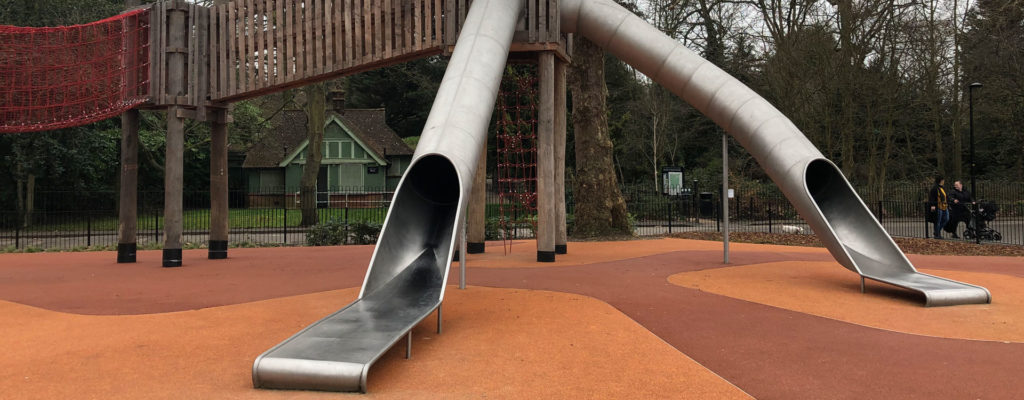
- 4 Reasons Why Schools Have Artificial Grass
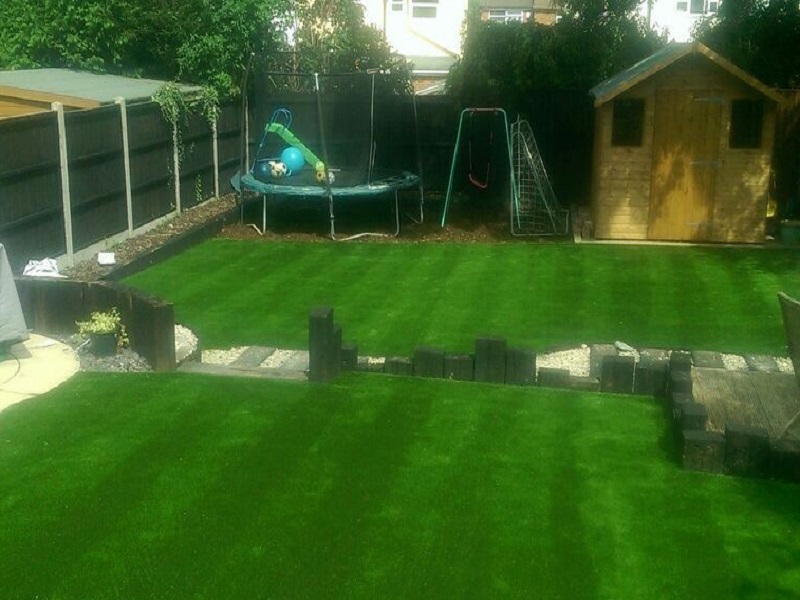
- Activities to Teach Kindness on the Playground
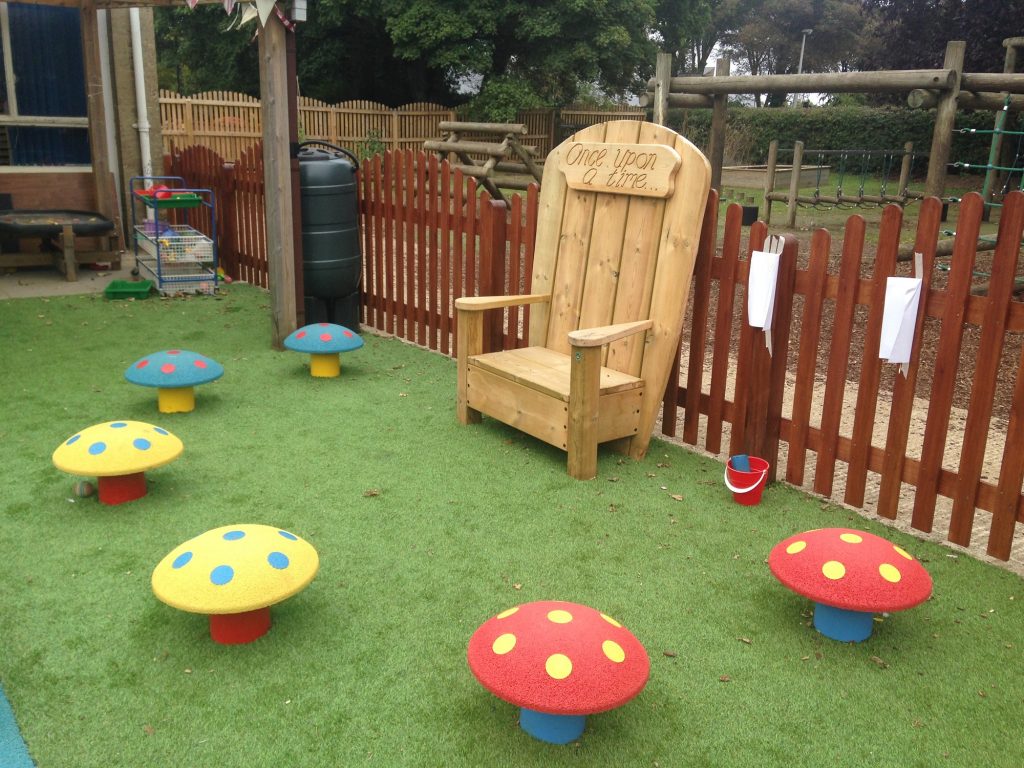
- All Weather Surface Children’s Playground Safety Flooring

- Artificial Grass and Rubber Mulch Surfacing in Derby, Derbyshire
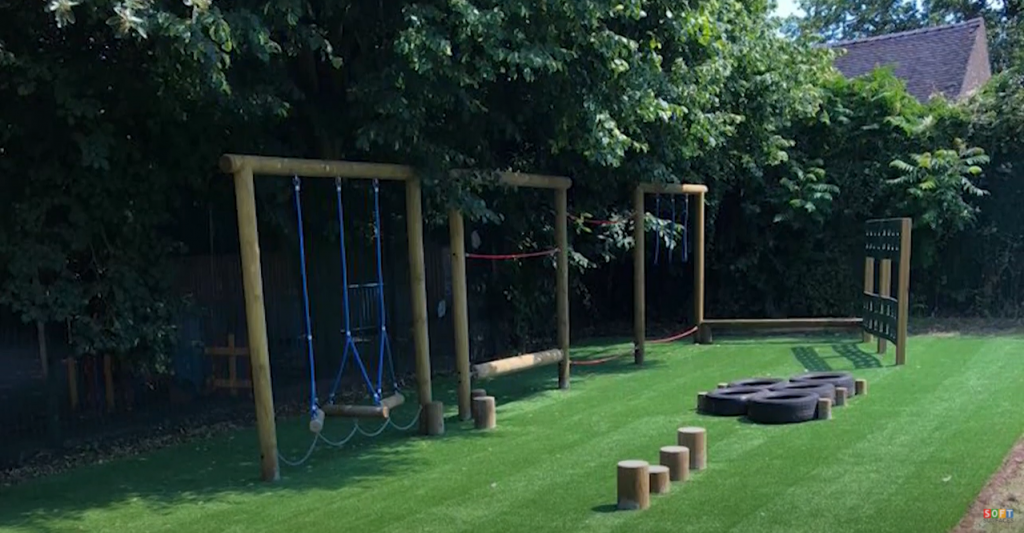
- Artificial Grass and Wetpour Pathway Installation at a School in Birmingham
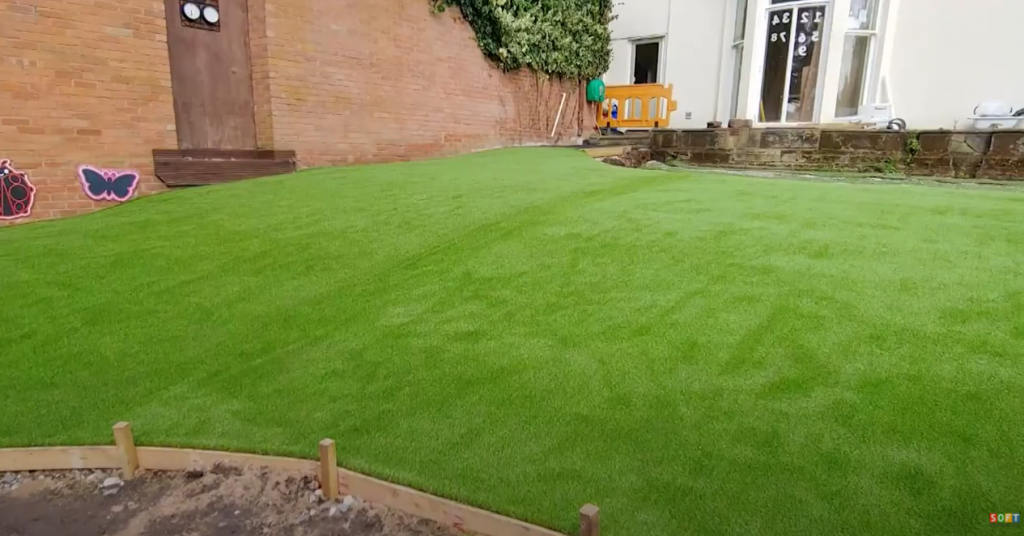
- Artificial Grass and Wetpour Roadway Construction in Liverpool
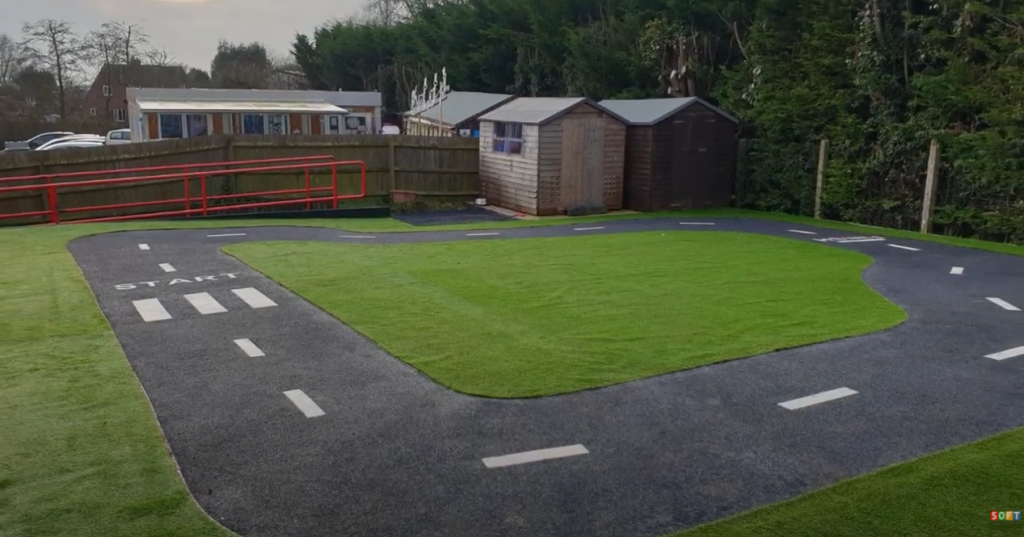
- Benefits of a Mud Kitchen for a School Playground

- Benefits of Climbing in Primary School

- Benefits of Sensory Activities for Individuals With Autism
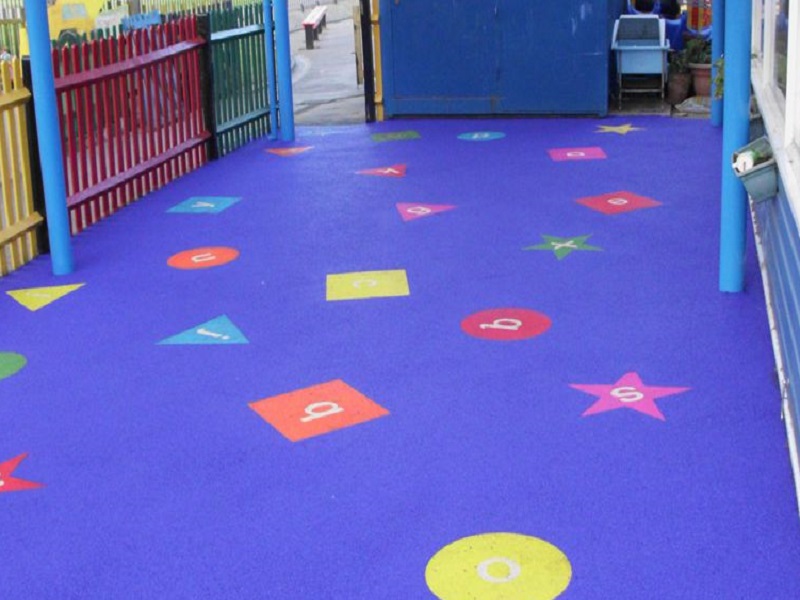
- Bespoke Playground Surfacing With Graphics in Northampton

- Best Playground Equipment for Primary Schools

- Black Wetpour & Artificial Turf Construction at a Nursery in Harlow, Essex
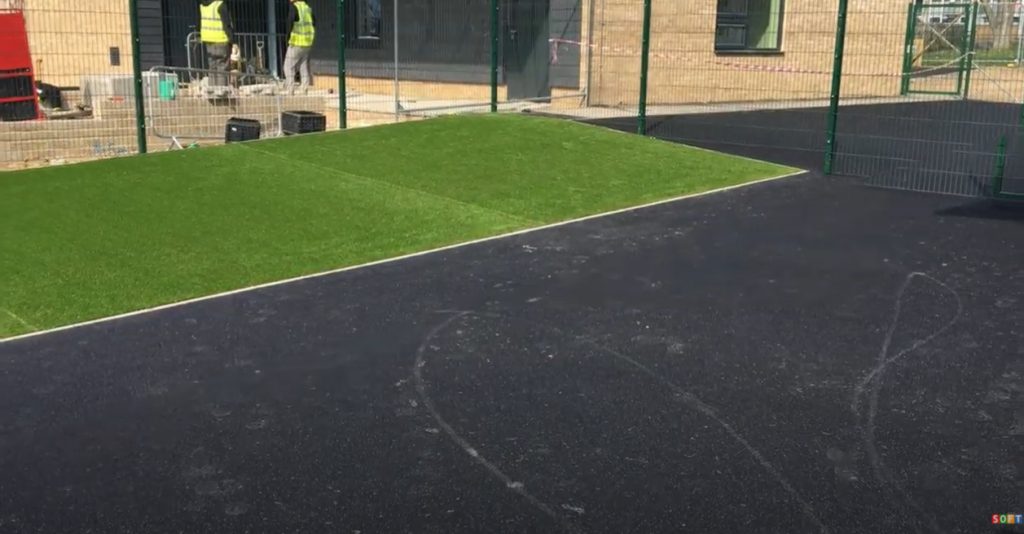
- Black Wetpour Flooring Construction in Canterbury
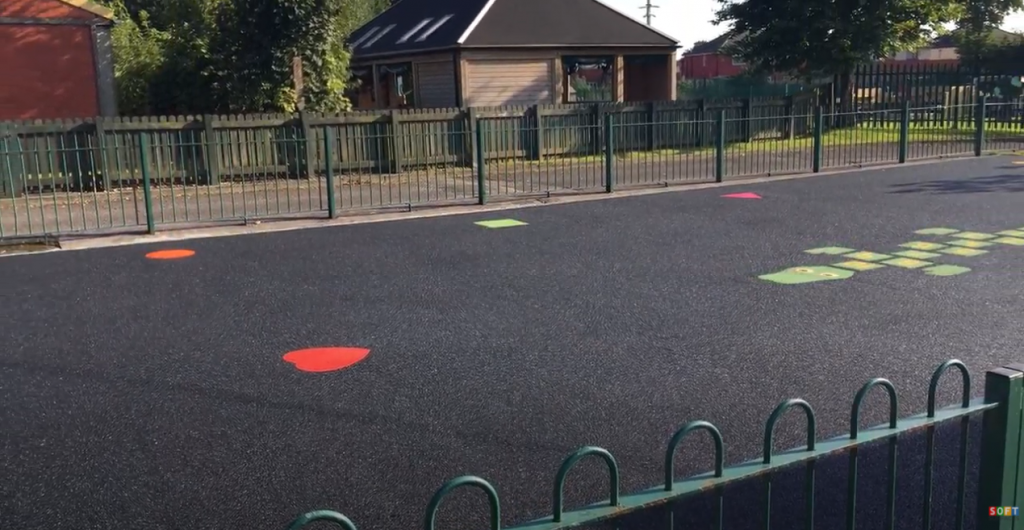
- Children’s Play Area Flooring

- Children’s Sensory Playground Designs
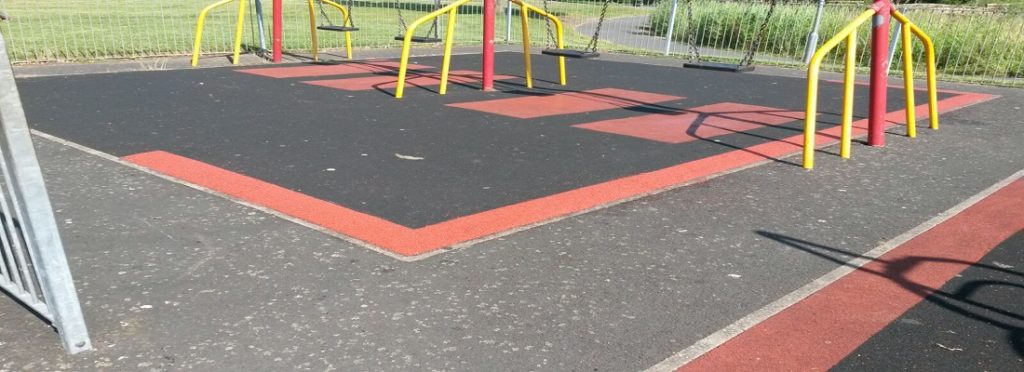
- Colourful Play Area Surfacing in Sheffield, South Yorkshire
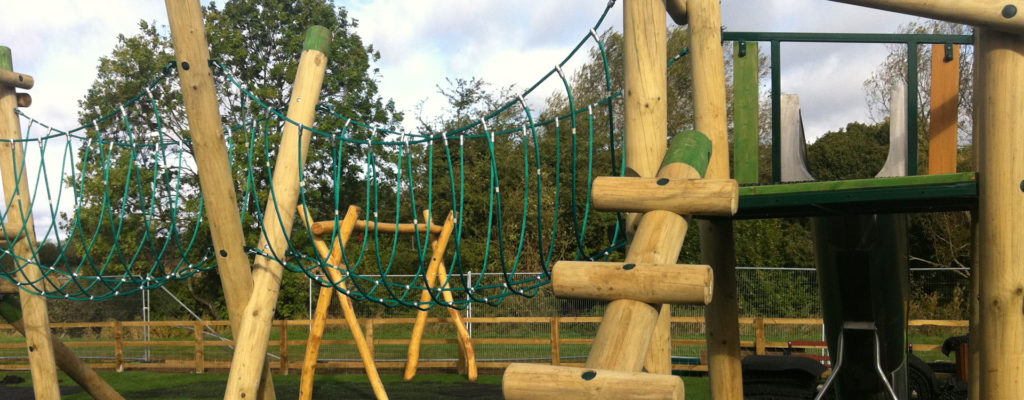
- Colourful Playground Flooring Design in Cardiff, Wales

- Colourful Rubber Playground Flooring in Wakefield, West Yorkshire

- Colourful Rubber Playground Flooring Installation in Wakefield
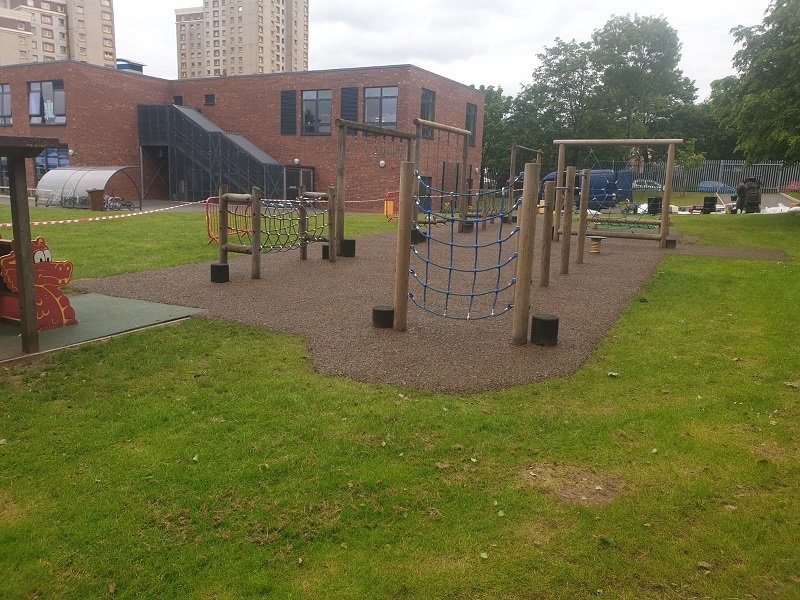
- Colourful UK Playground Surfacing in Bedfordshire
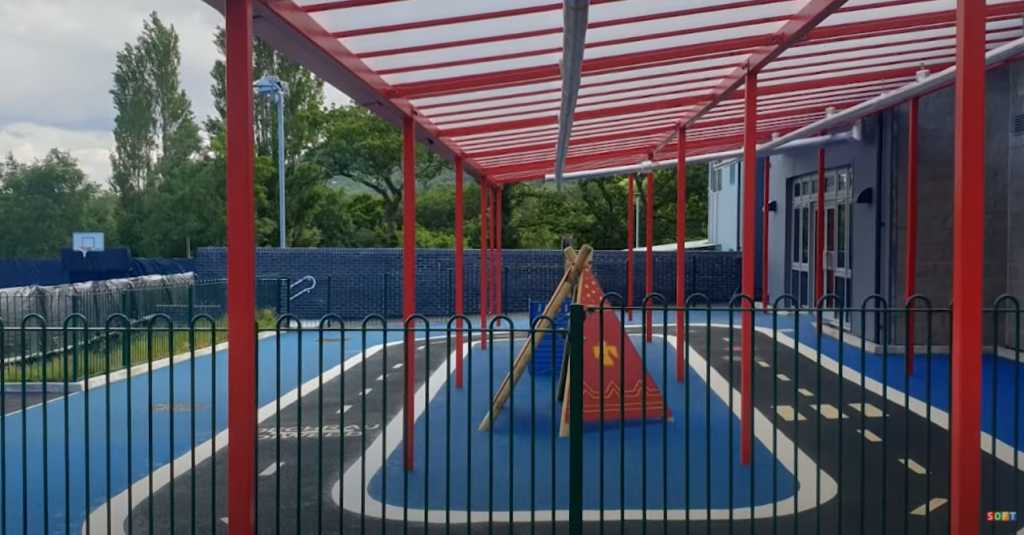
- Cooperative Play Ideas for Kids

- Costs of Schools Playground Safety Surfaces

- Creating a Storytelling Area in Your Playground
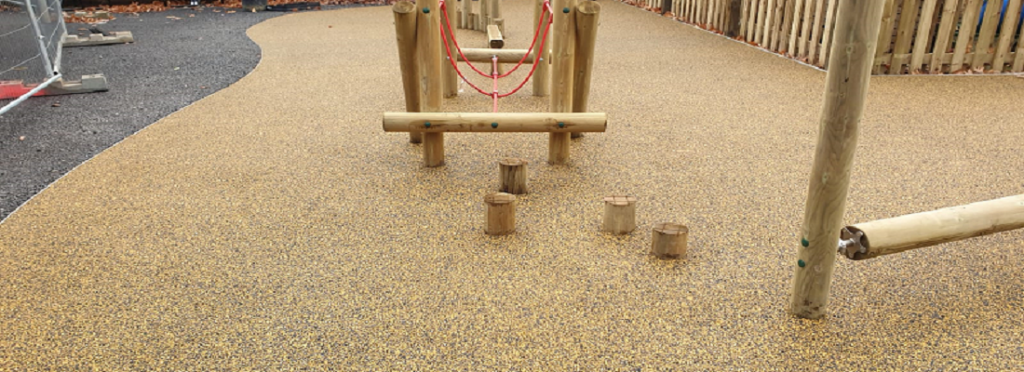
- Day Care Playground Safety Flooring in Stoke, Staffordshire
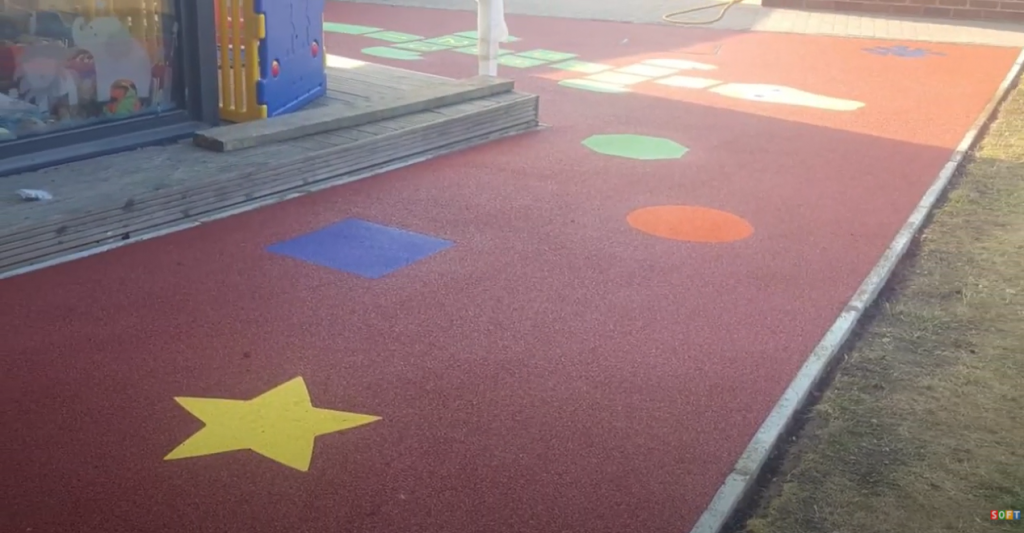
- Den Building Ideas for Schools
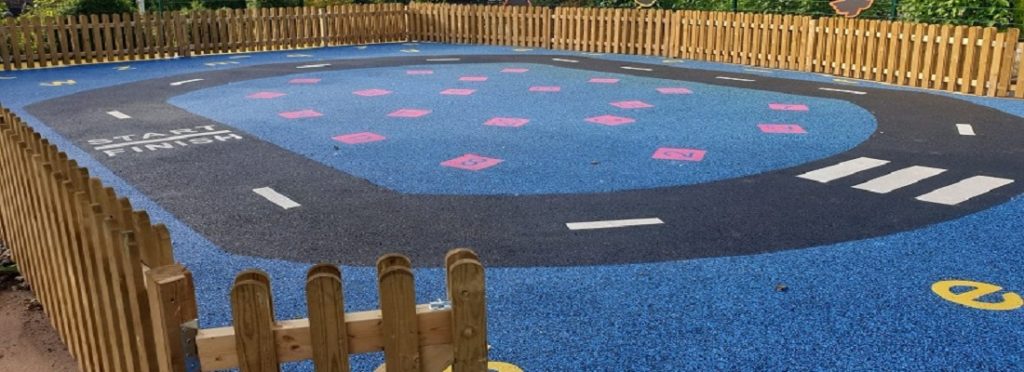
- Early Years Outdoor Play
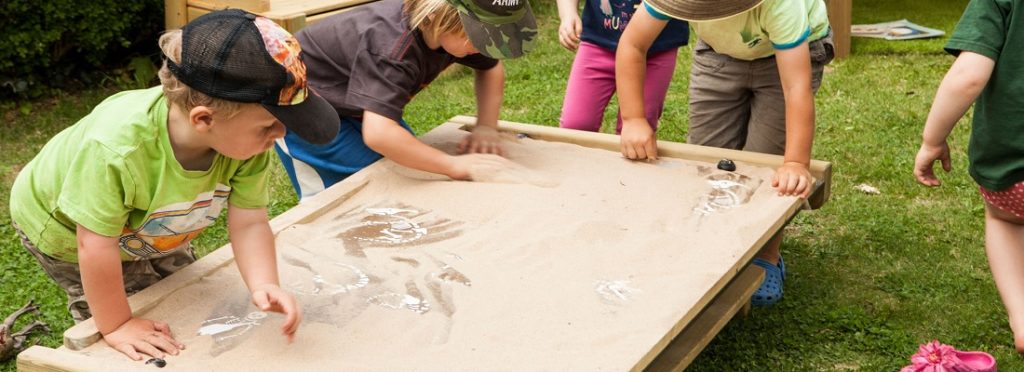
- Educational Play Designs
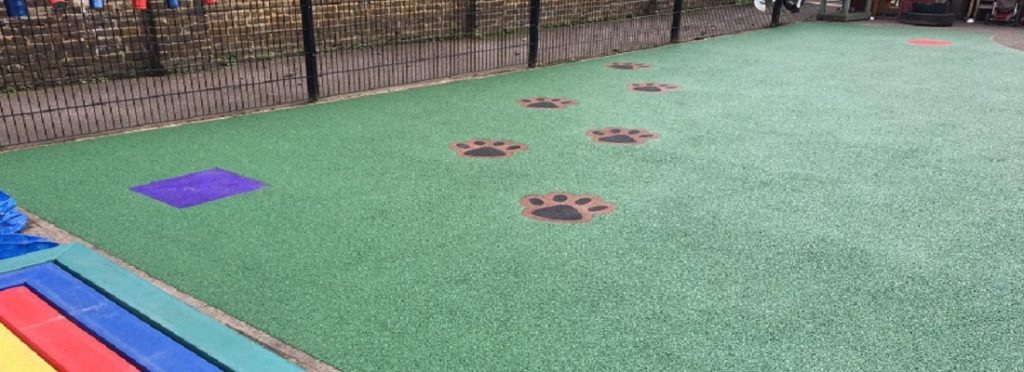
- Educational Playground Surface Installation in Brighton

- Educational Playground Surface Installation in Brighton, East Sussex
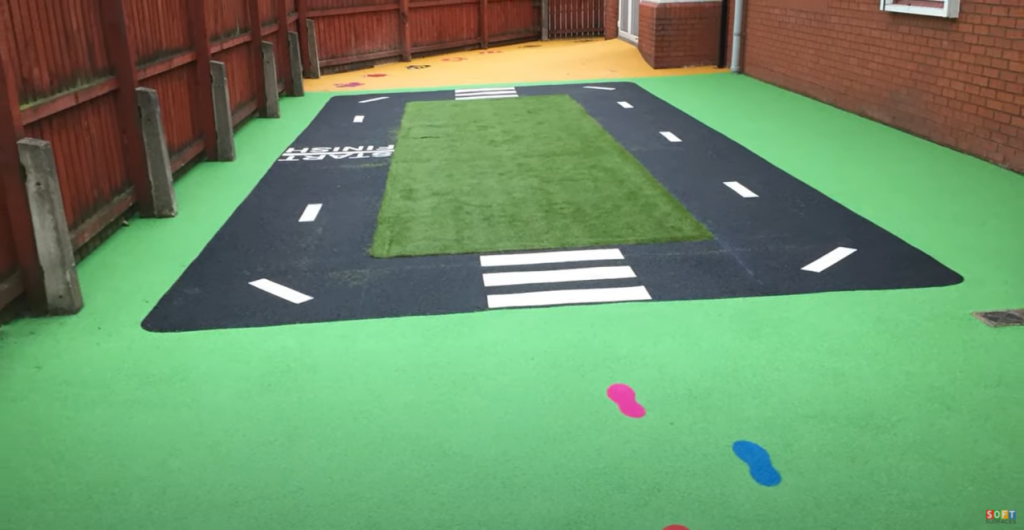
- Encouraging Risk Taking in Outdoor Play
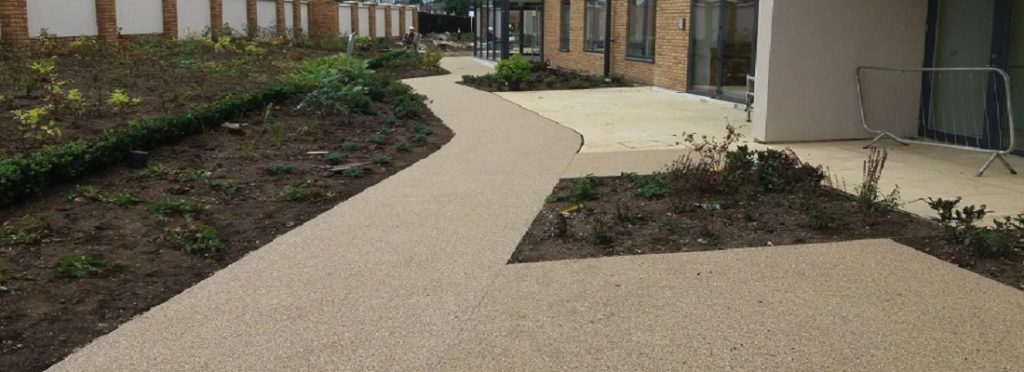
- EPDM Rubber Play Area Flooring in Luton
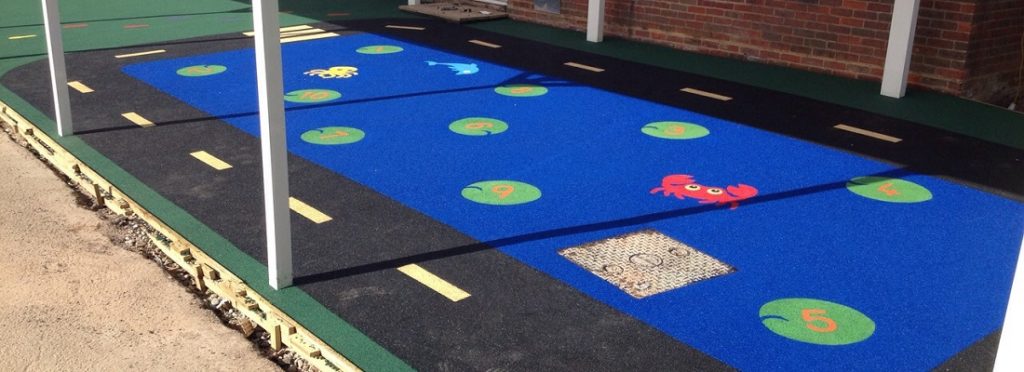
- EPDM Rubber Play Area Flooring in Luton, Bedfordshire
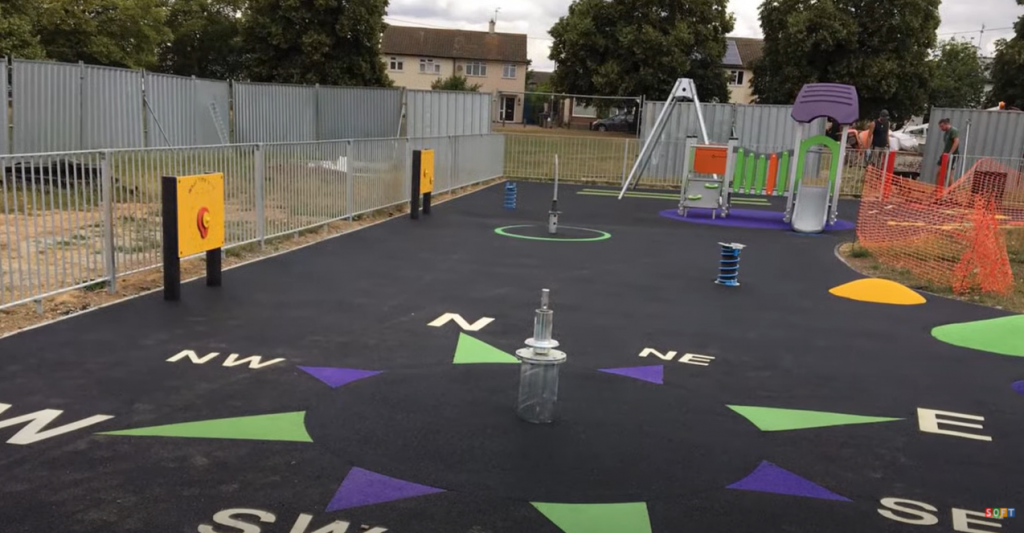
- EPDM Rubber Play Area Surfacing in Leeds, West Yorkshire

- EPDM Rubber Wetpour Flooring in Newcastle, Tyne and Wear
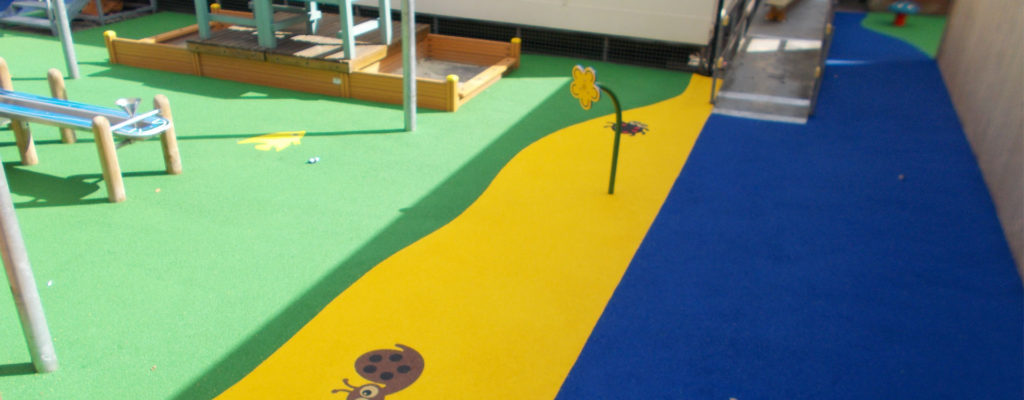
- EPDM/SBR Rubber Surfacing Playground Flooring
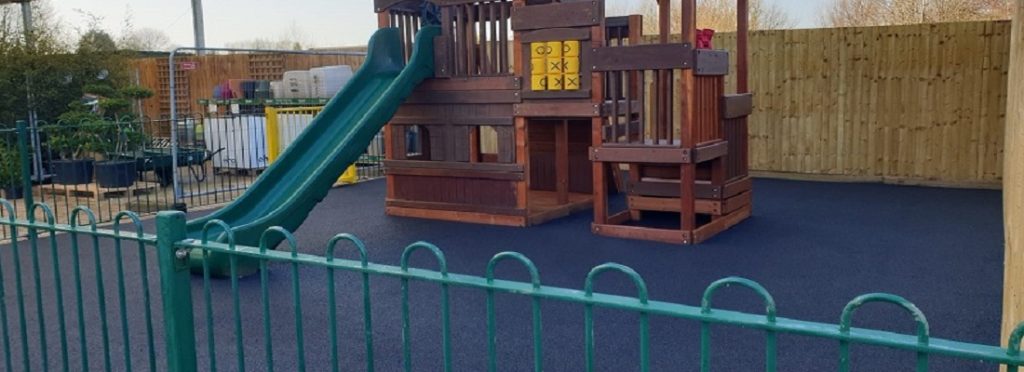
- Expressive Arts Playground Ideas

- How Do I Apply for Grant Funds for a Play Area in the UK?

- How Do Wet Pour Repair Kits Work
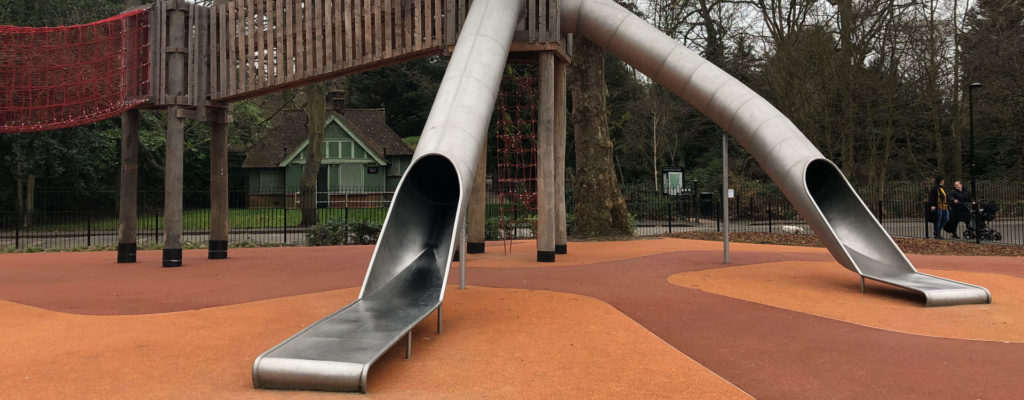
- How Playing Outside Can Reduce Stress and Anxiety
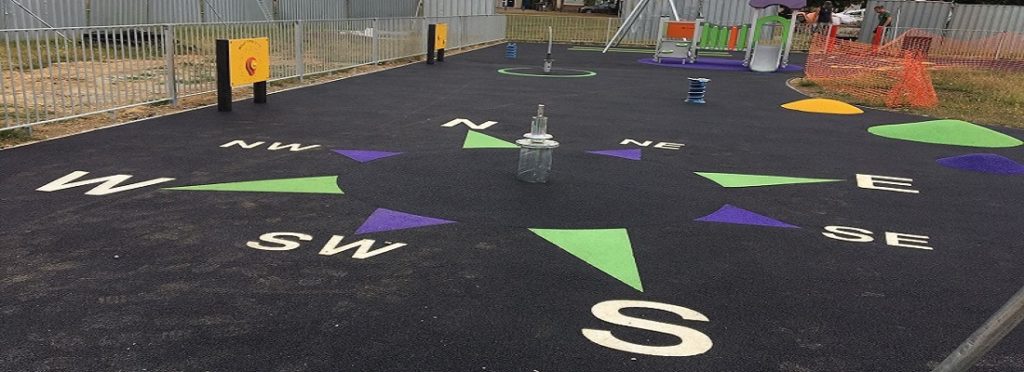
- How to Encourage Phonics Learning on the Playground

- How to Prepare Your Playground for Winter
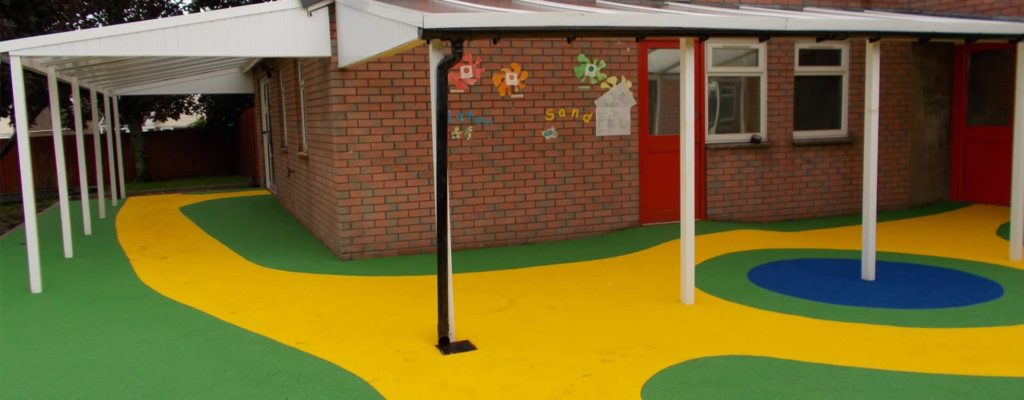
- How to Refresh Your School Playground

- Imaginative Play Ideas for Kids
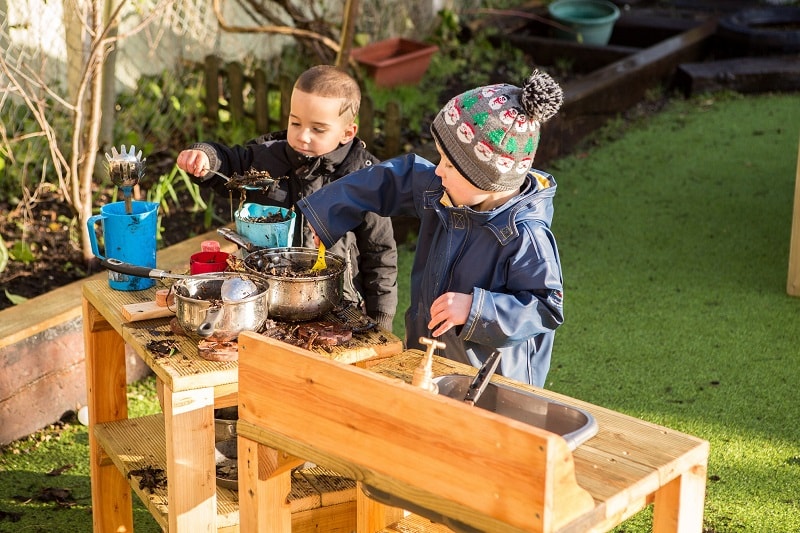
- Impact Attenuating Playground Surfacing
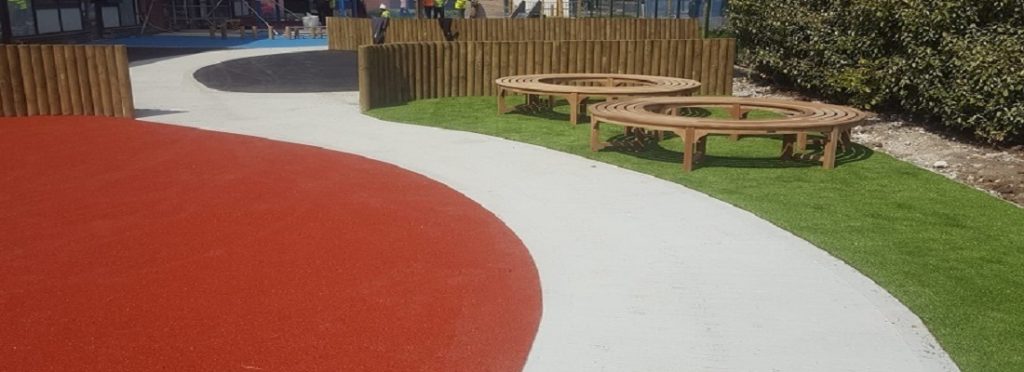
- Improving Children’s Mental Health With Play
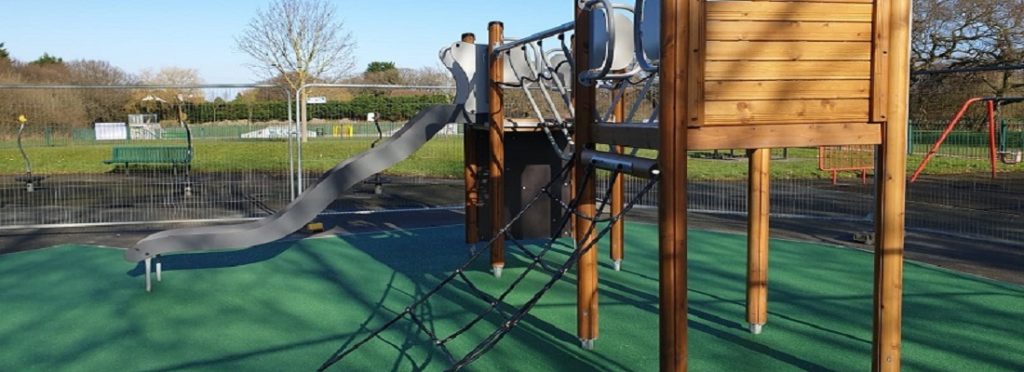
- Inclusive Playground Equipment for Schools
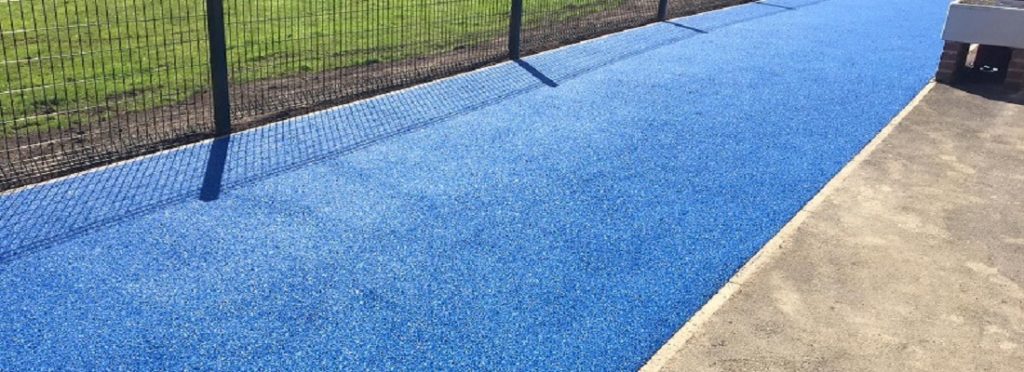
- Independent Learning Activities for Kids
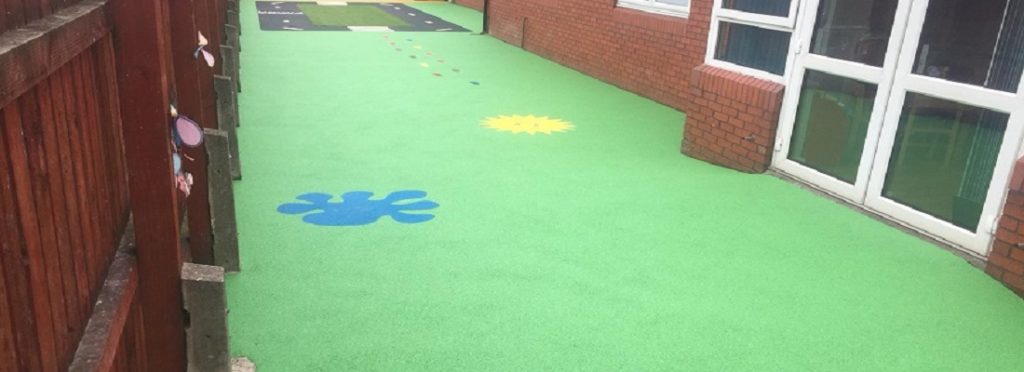
- Lap, Leap, Neap Play Area

- Large Wetpour Play Area Surface in Stockport
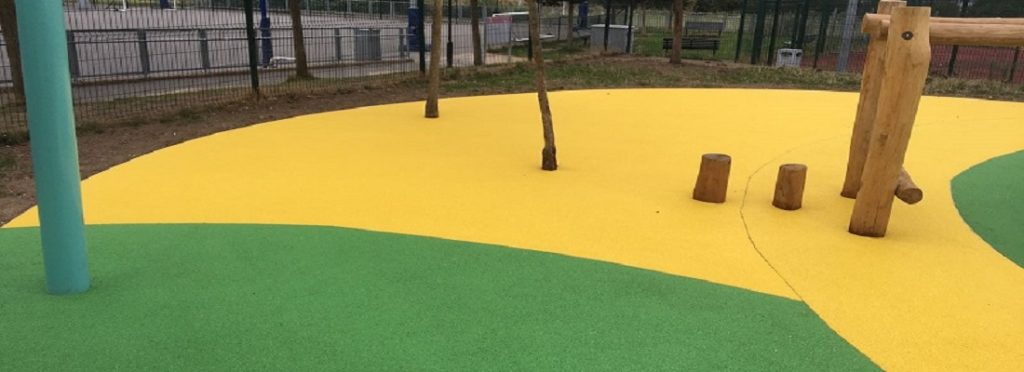
- LEAP Local Equipped Area for Play

- Learning Through Play – Psychology and Theories

- Managing Behaviour Through Active Outdoor Play

- NEAP Neighbourhood Equipped Area for Play
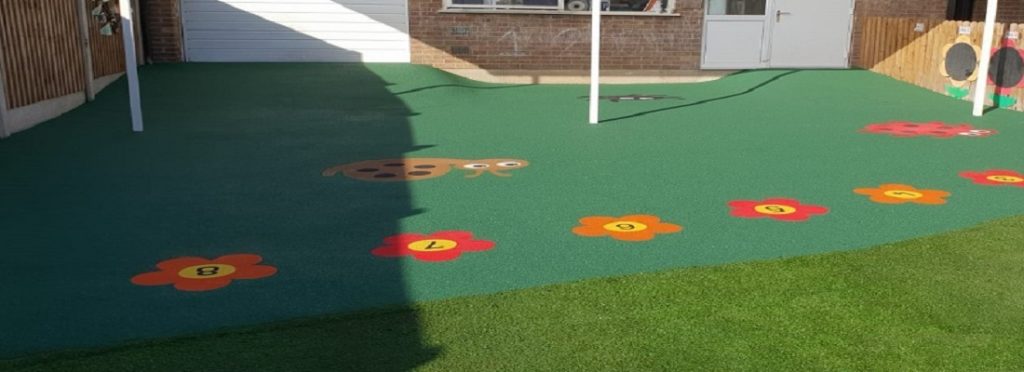
- Needlepunch Playground Construction in Kilmarnock
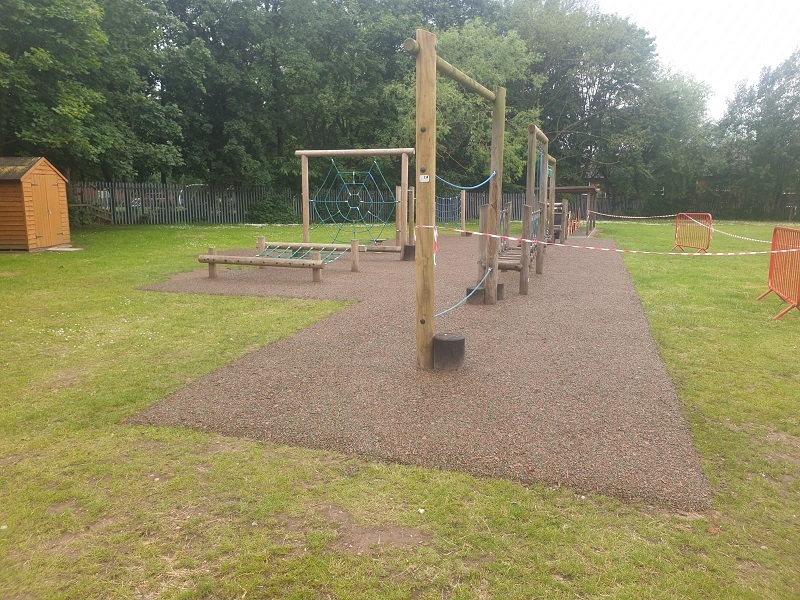
- Nursery EPDM Rubber Surfacing in Wolverhampton

- Nursery Play Area Maintenance

- Nursery Play Area Surfacing
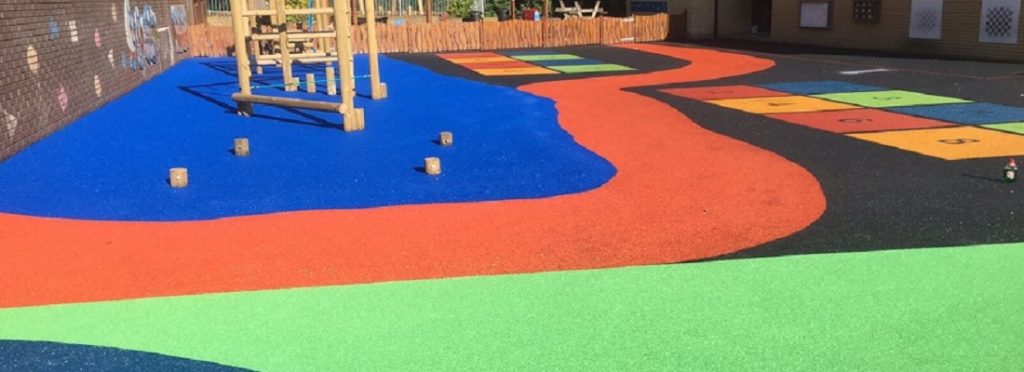
- Nursery Playground Installation

- Nursery School Green Wetpour Overlay in Gloucester
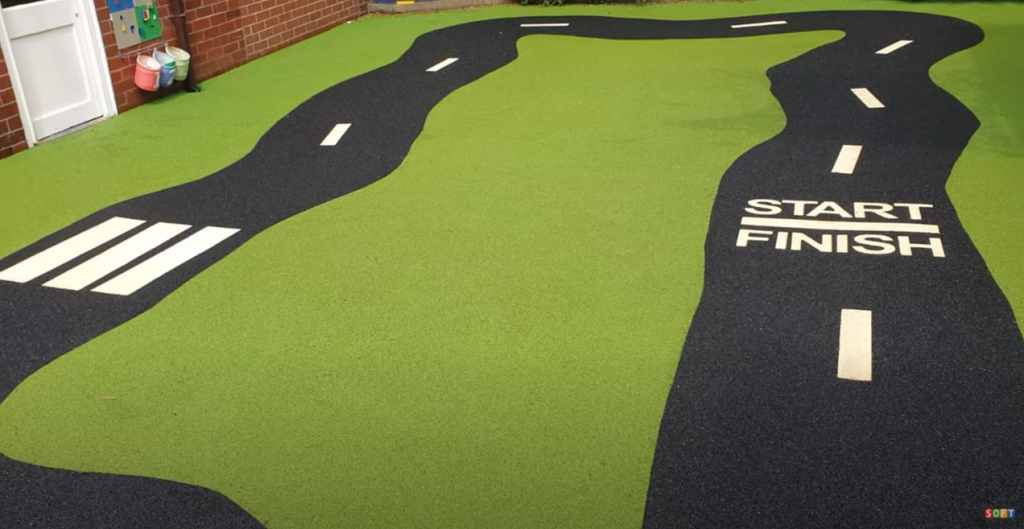
- Ofsted Requirements for Outdoor Play

- Outdoor Maths Games for Children

- Outdoor Nursery School Surfacing in Preston
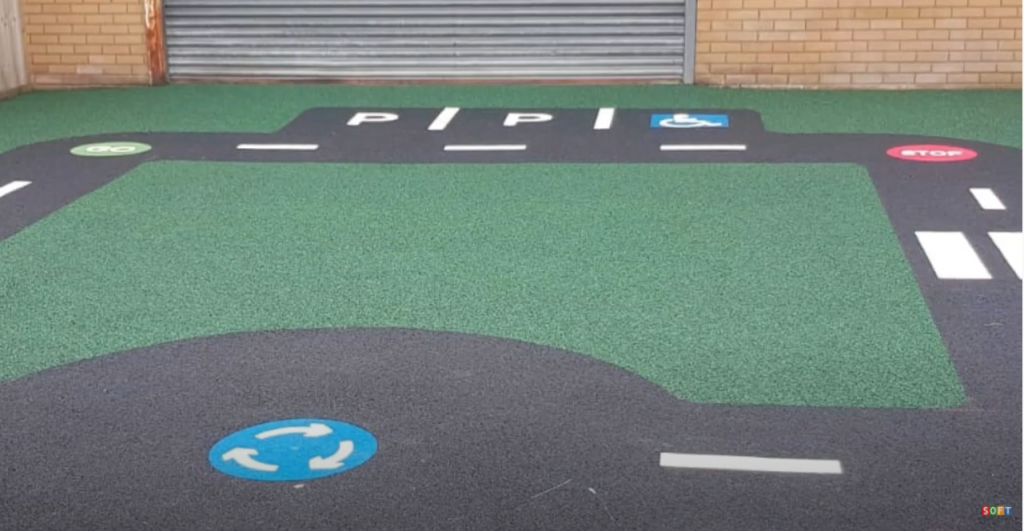
- Outdoor Nursery School Surfacing in Preston Lancashire

- Outdoor Play Area Ideas for Kids

- Outdoor Play Ideas for Children With Dyscalculia
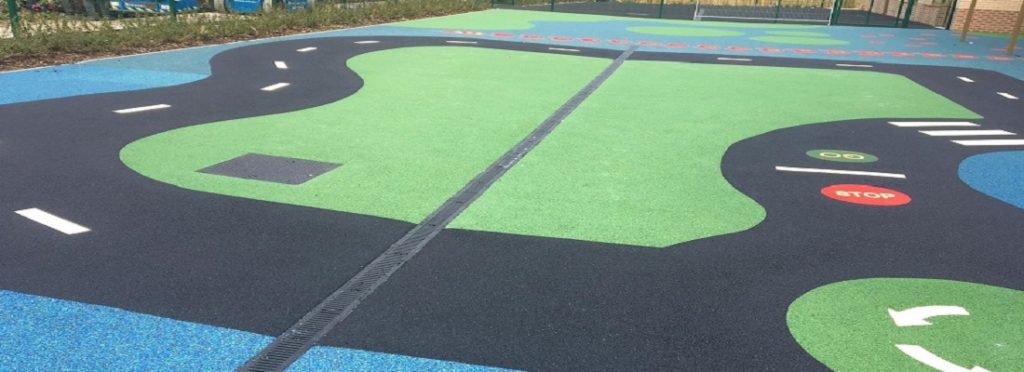
- Outdoor Playground Roadway Design

- Outdoor Safety Flooring Designs
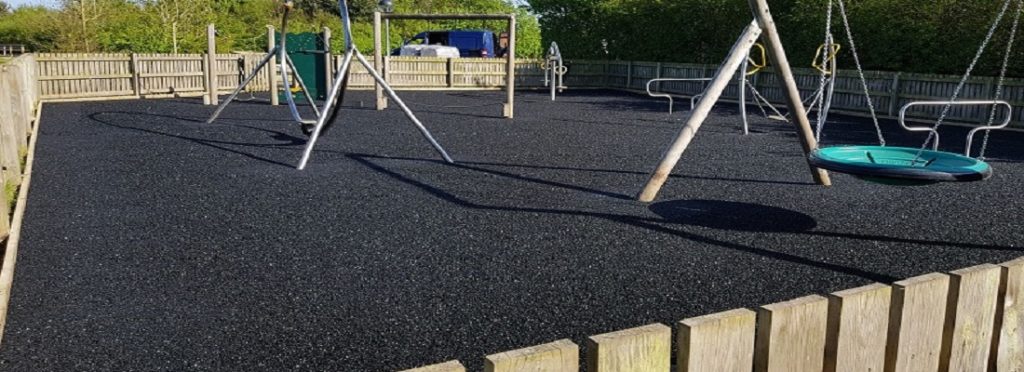
- Outdoor Wetpour Surfacing Install in Leicester
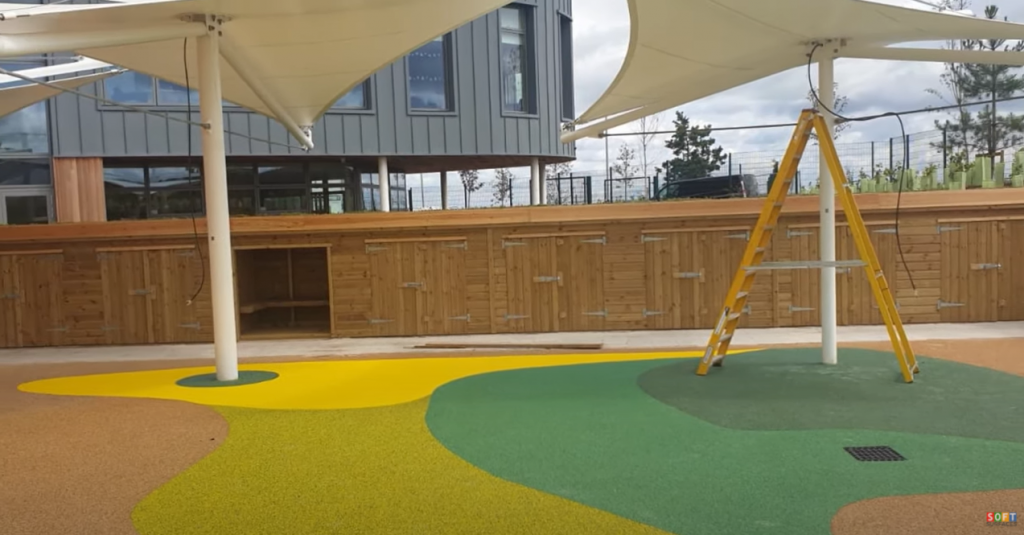
- Play Area Line Marking Specification

- Play Area Maintenance

- Play Area Surfaces
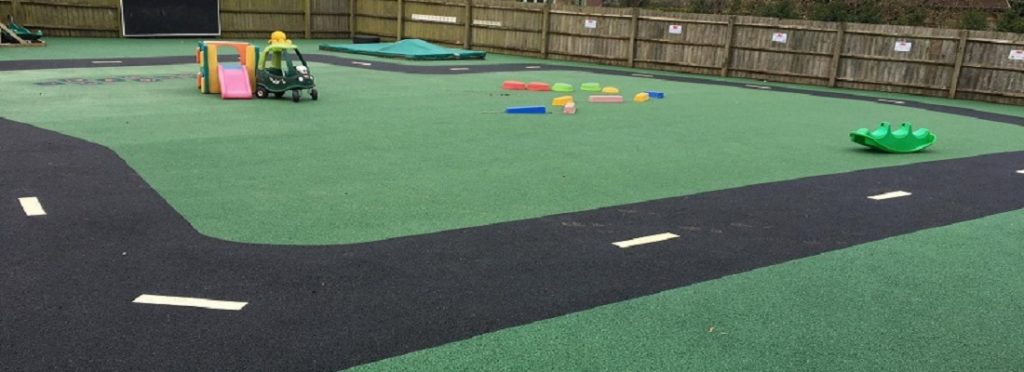
- Playground Activities for the National Curriculum

- Playground Designs for Sensory Processing Disorder

- Playground Equipment for Schools

- Playground Fencing

- Playground Flooring Repair in Birmingham, West Midlands

- Playground Games for Children With Dyspraxia

- Playground Games to Encourage Speech Development
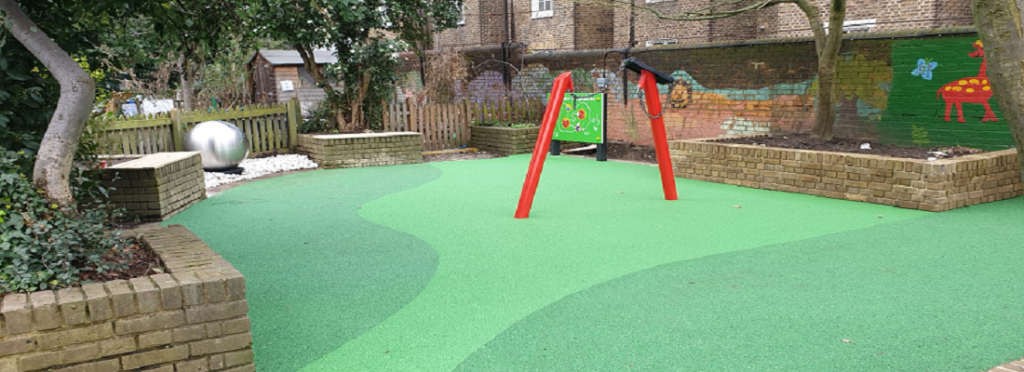
- Playground Grass Mats Safer Flooring
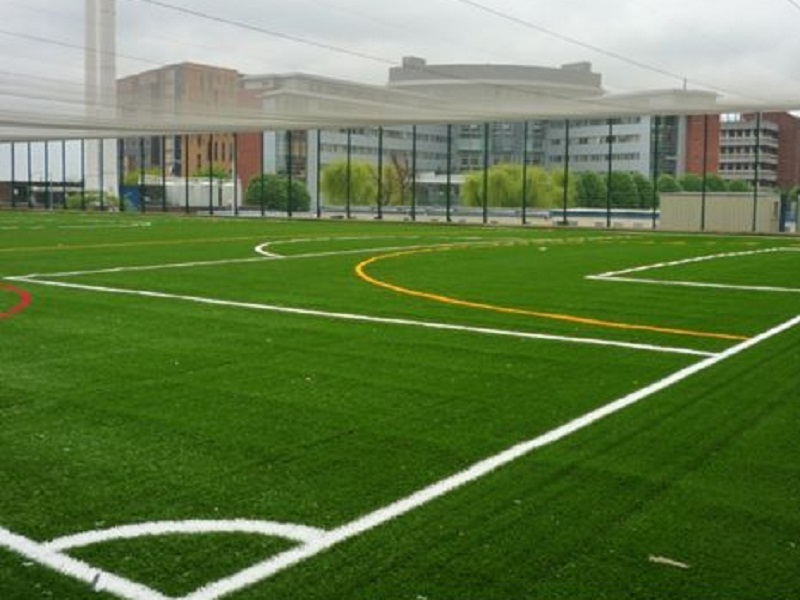
- Playground Marking Graphics

- Playground Markings

- Playground Safety Surface Construction in Reading, Berkshire
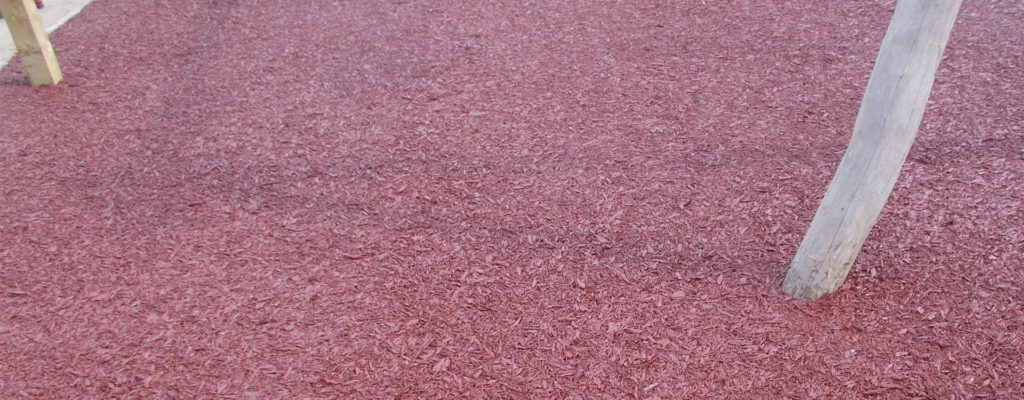
- Playground Safety Surfacing with Graphics in Shropshire
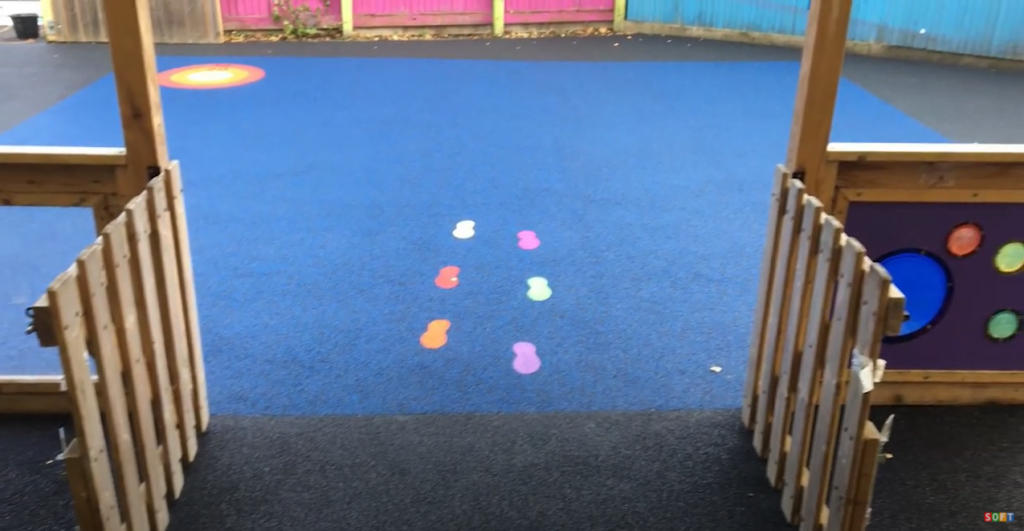
- Playground Surface HIC Safety Flooring
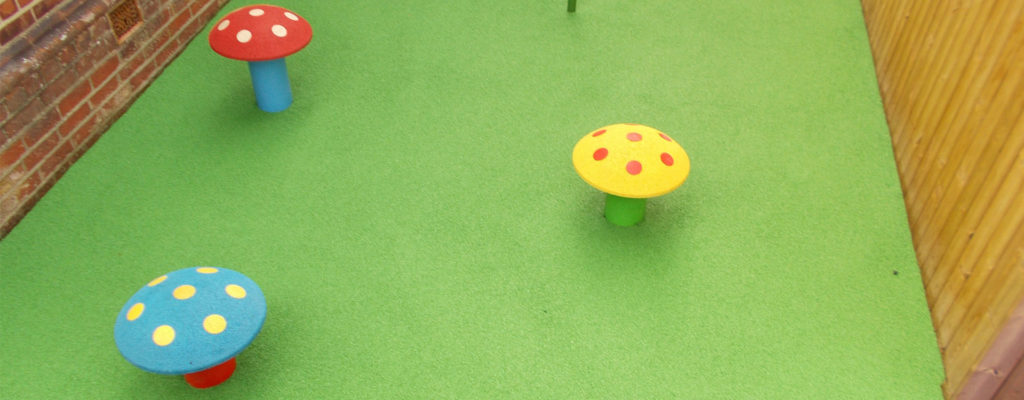
- Playground Surfacing in Hertfordshire

- Playground Surfacing Options

- Playground Wet Pour Flooring in Northamptonshire
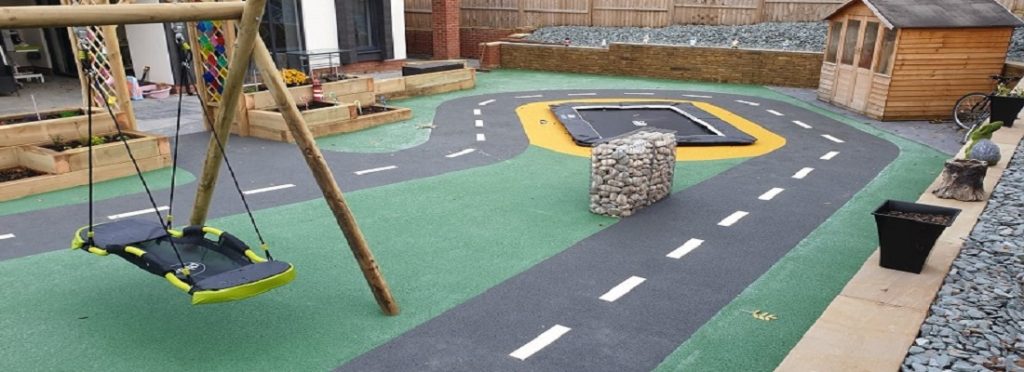
- Playground Wet Pour Flooring in Northumberland

- Playground Wet Pour Flooring in Nottinghamshire

- Playground Wet Pour Flooring in Oxfordshire

- Playground Wet Pour Flooring in Somerset

- Poured in Place Rubber Bouncy Playground Surfaces

- Pre School Play Area Surfacing in Wigan, Greater Manchester

- Pre-School Play Area Surfacing in Wigan

- Primary School Outdoor Classroom Funding Grants

- Protective Playground Flooring

- PS4 Activity Games Space Area in Penrith
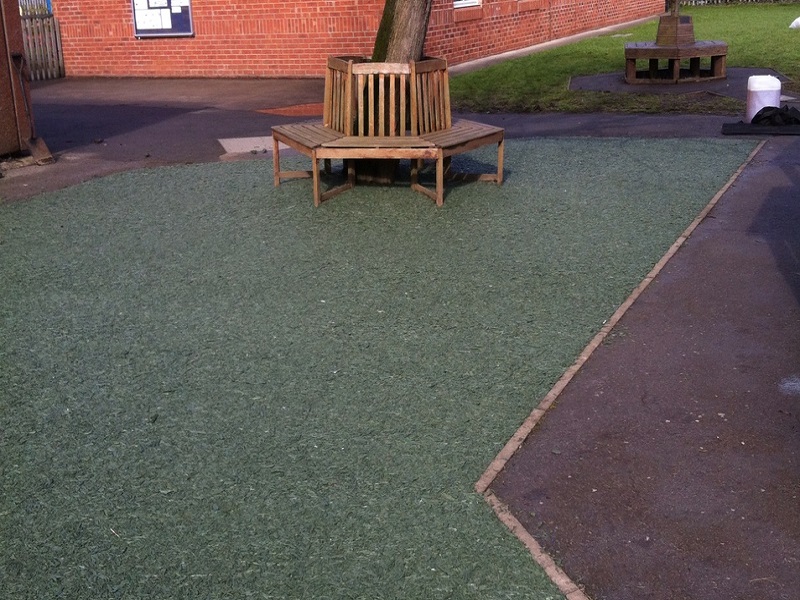
- Q26 – Wetpour Playground Safety Surfacing
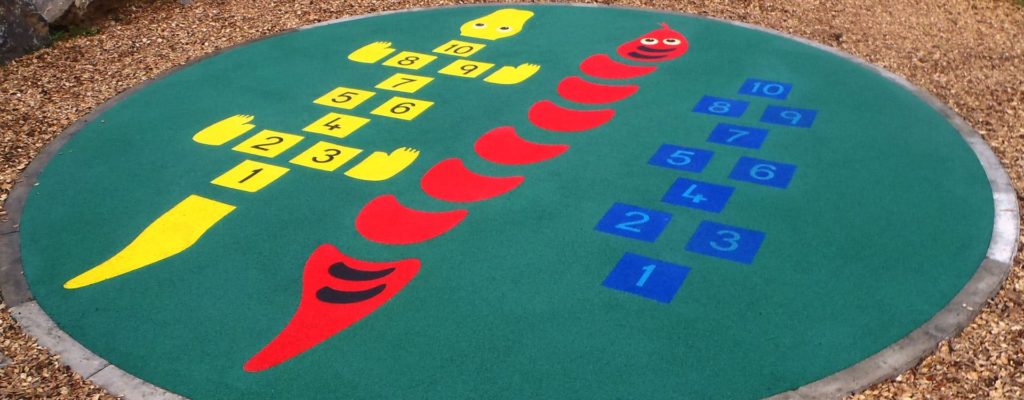
- Rubber Outdoor External Playground Flooring

- Rubber Playground and Artificial Grass Surfacing in Middlesbrough
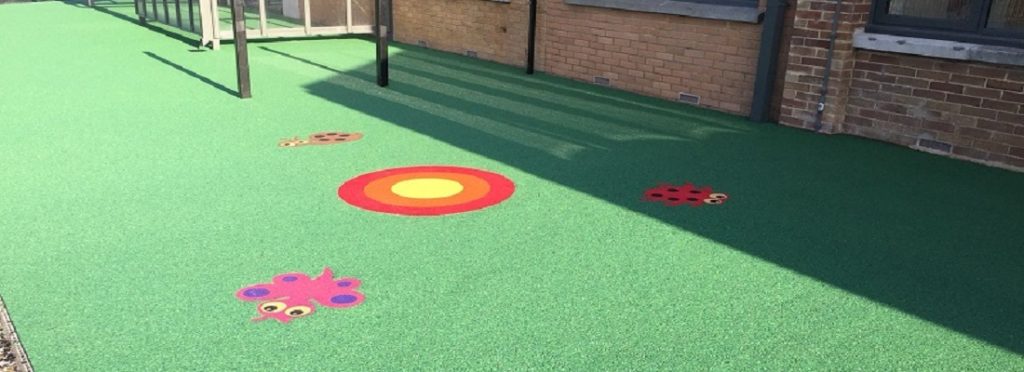
- Rubber Playground Surface Construction

- Rubber Spheres Play Equipment

- Rubber Tarmac Flooring

- Rubber Tarmac School Outdoor Playground Flooring
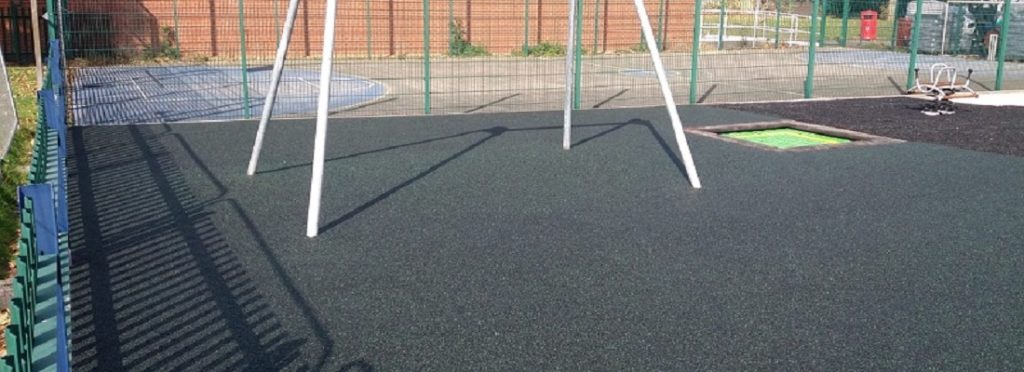
- Safety Surfaces For Playgrounds

- Sand and Water Play Activities for Kids
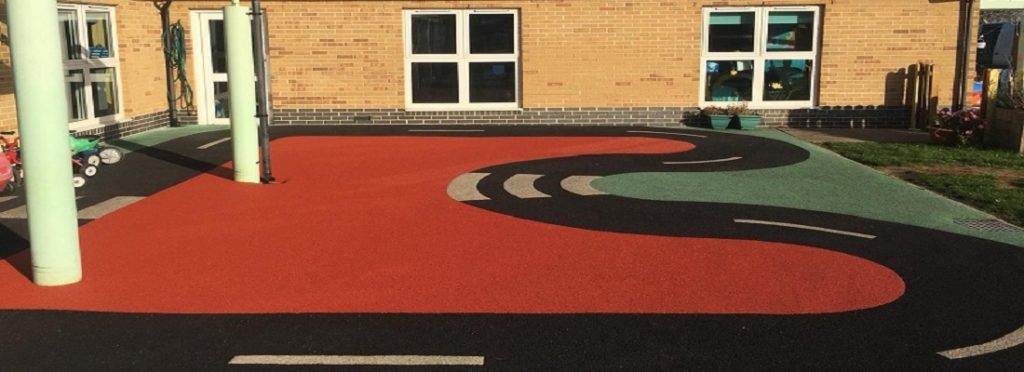
- School Adventure Trail Designs

- School All Weather MUGA Pitches
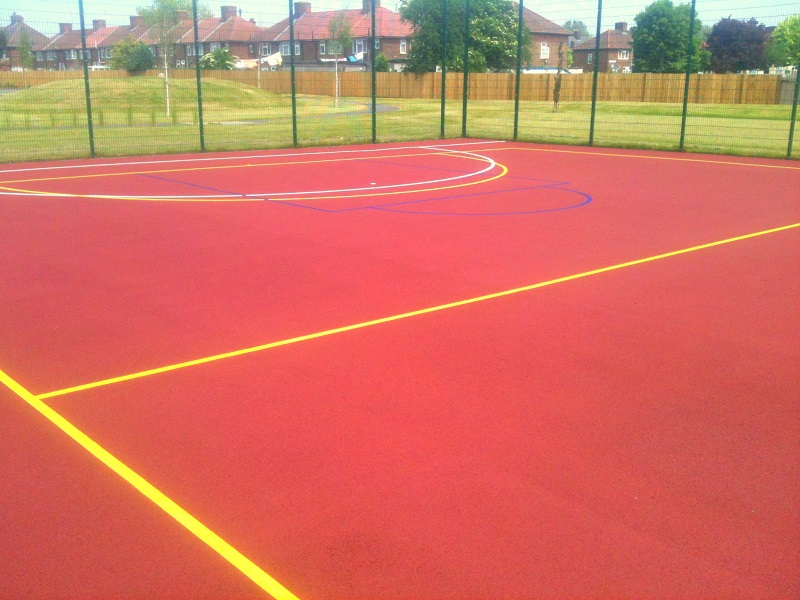
- School Athletics Track Designs

- School Playground Design and Install in Manchester

- School Playground Graphics

- School Playground Groundworks

- School Playground Ideas

- School Playground Maintenance

- School Playground Marking Designs

- School Playground Surfacing

- Schools Recreational Long Jump Runway Length
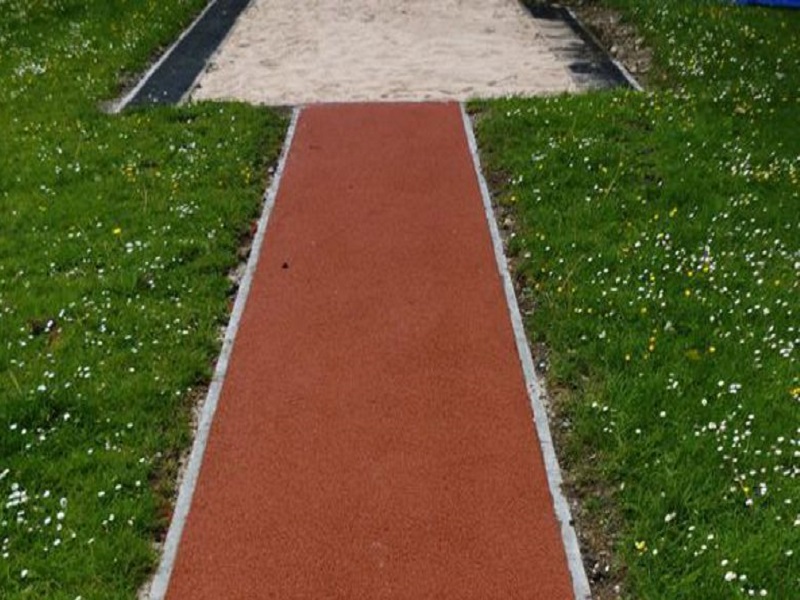
- SEN Playground Equipment for Schools

- Small nursery EPDM Rubber Surfacing in Wolverhampton
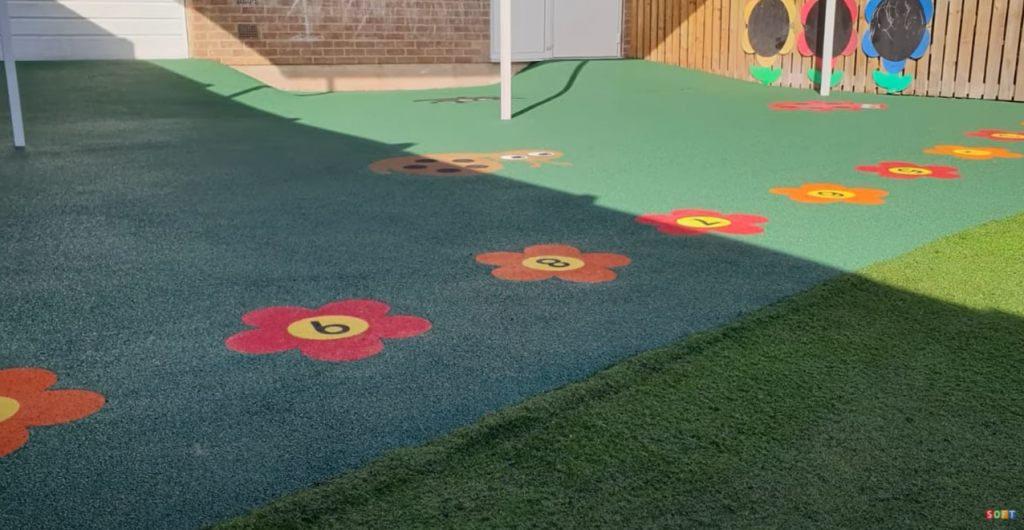
- Soft Fall Impact Absorbing Playground Surface

- Spongy Nursery School Surfacing in Carlisle
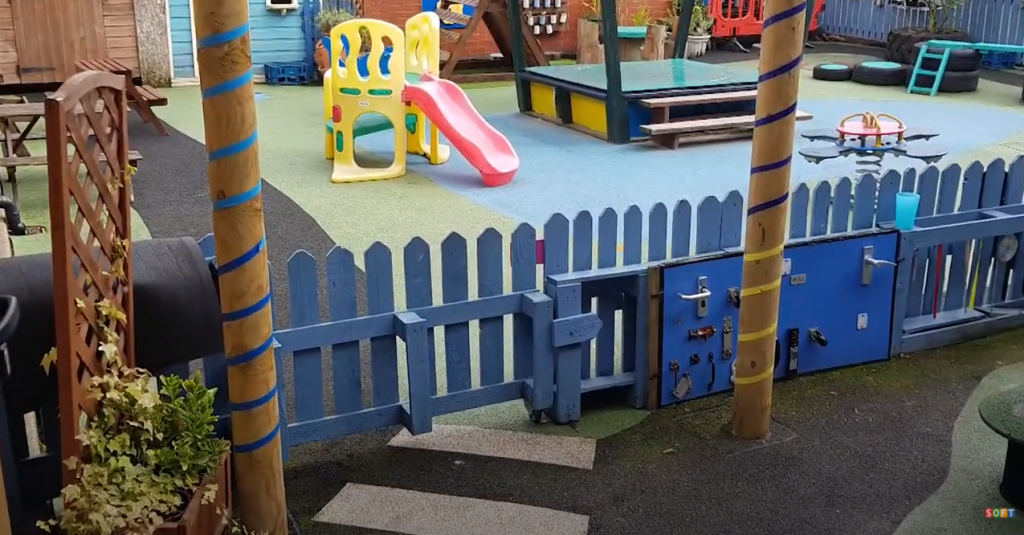
- Spongy Playground Flooring Construction in Woking, Surrey
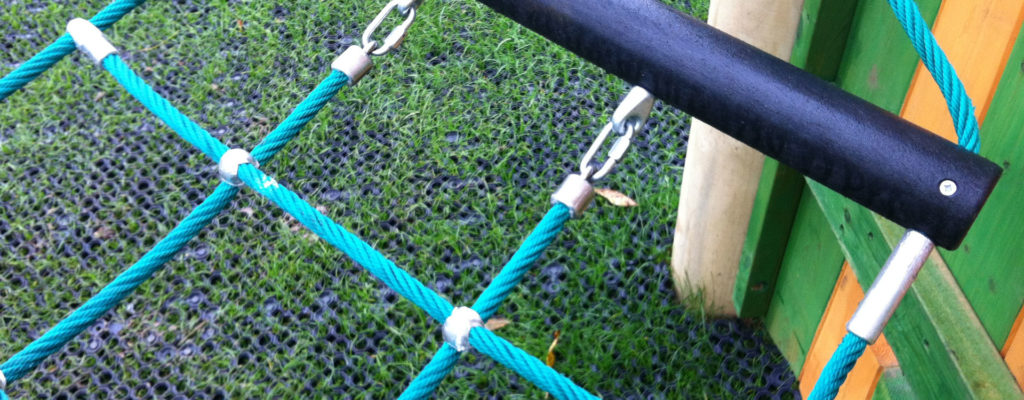
- Spongy playground flooring construction that we carried out in Woking, Surrey
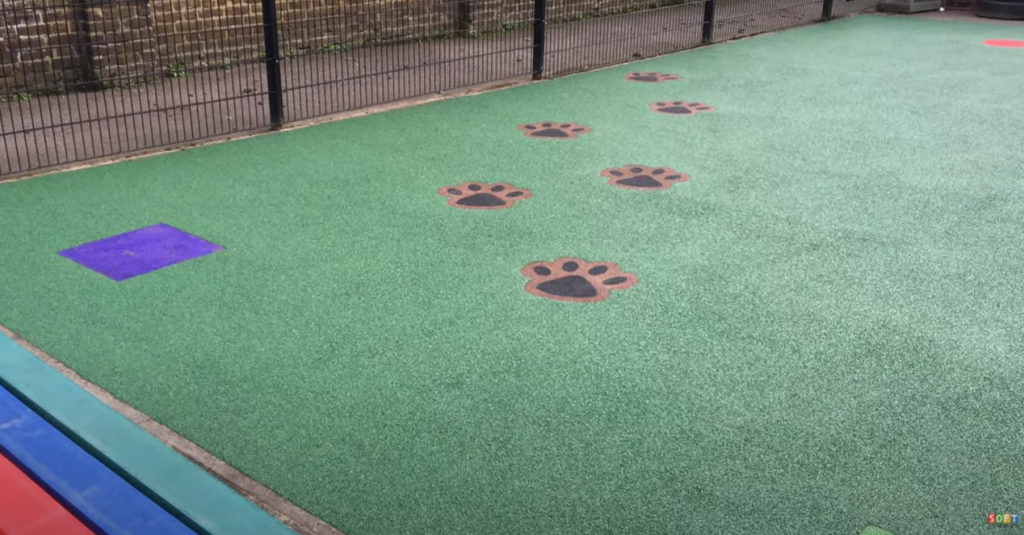
- Spongy Safer Pour Surfacing for Playgrounds

- Tests for Playground Safety Flooring

- Top 3 Safety Surfaces for Playgrounds

- Top 5 School Playground Trends

- Wet Pour Surfacing and Synthetic Turf Construction in Worthing, Sussex
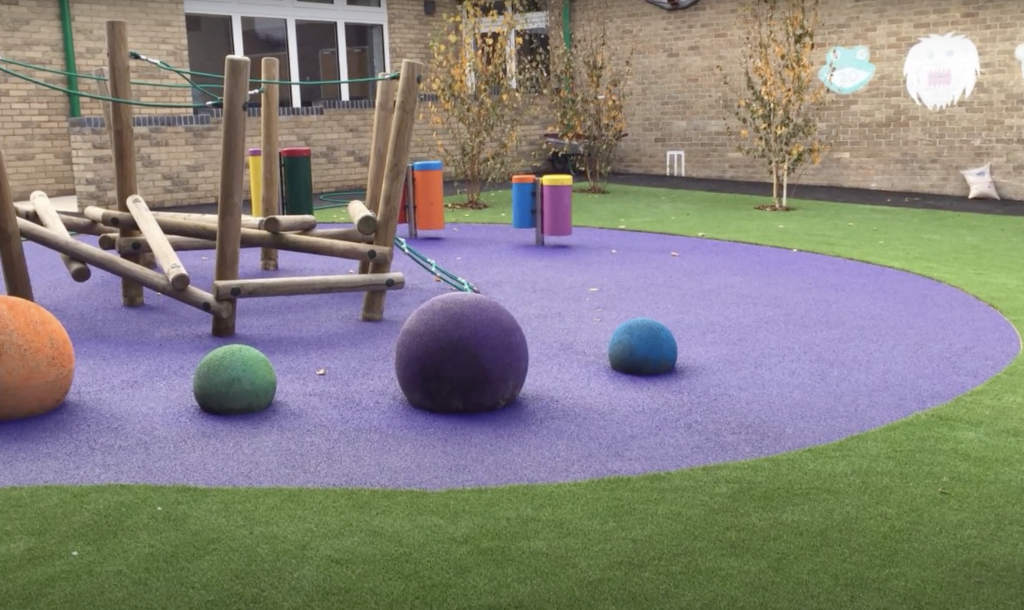
- Wetpour Flooring & Graphics Installation in Bristol
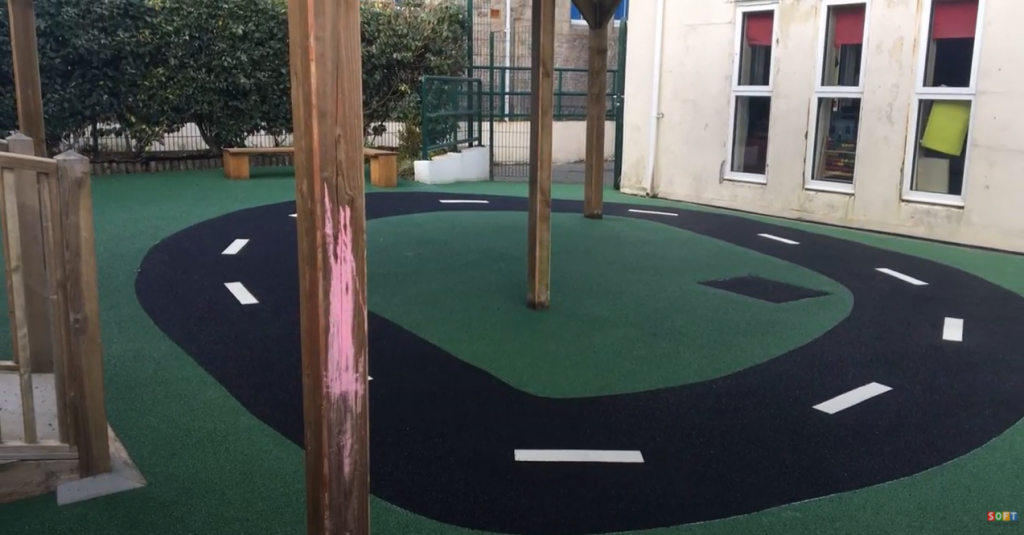
- Wetpour Playground with Graphics in Salford, Greater Manchester
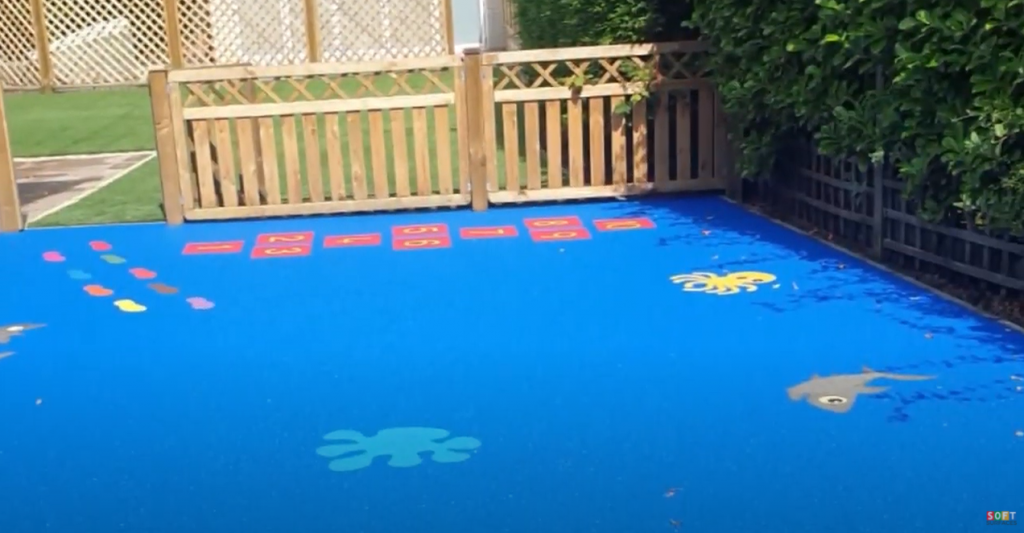
- Wetpour Safety Flooring with Graphics at a Nursery in Cheltenham, Gloucestershire
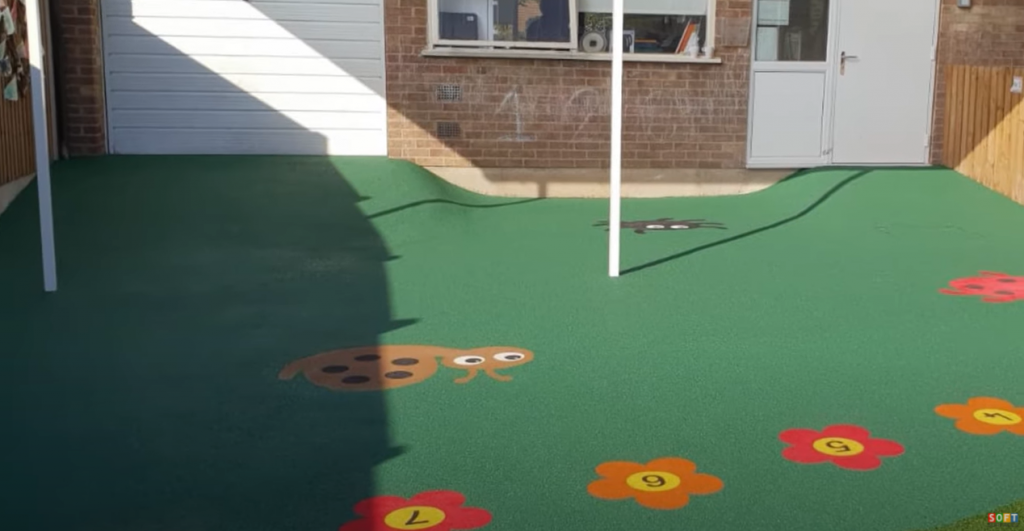
- What Is Critical Fall Height?

There is a fine line between pushing a child to take risks they are not ready for and encouraging them to embrace new adventures. If you find the right balance by encouraging risk-taking in outdoor play, you give them the perfect learning environment at school or nursery.
Get expert advice, today call us on
Get a FREE quote from our award winning team